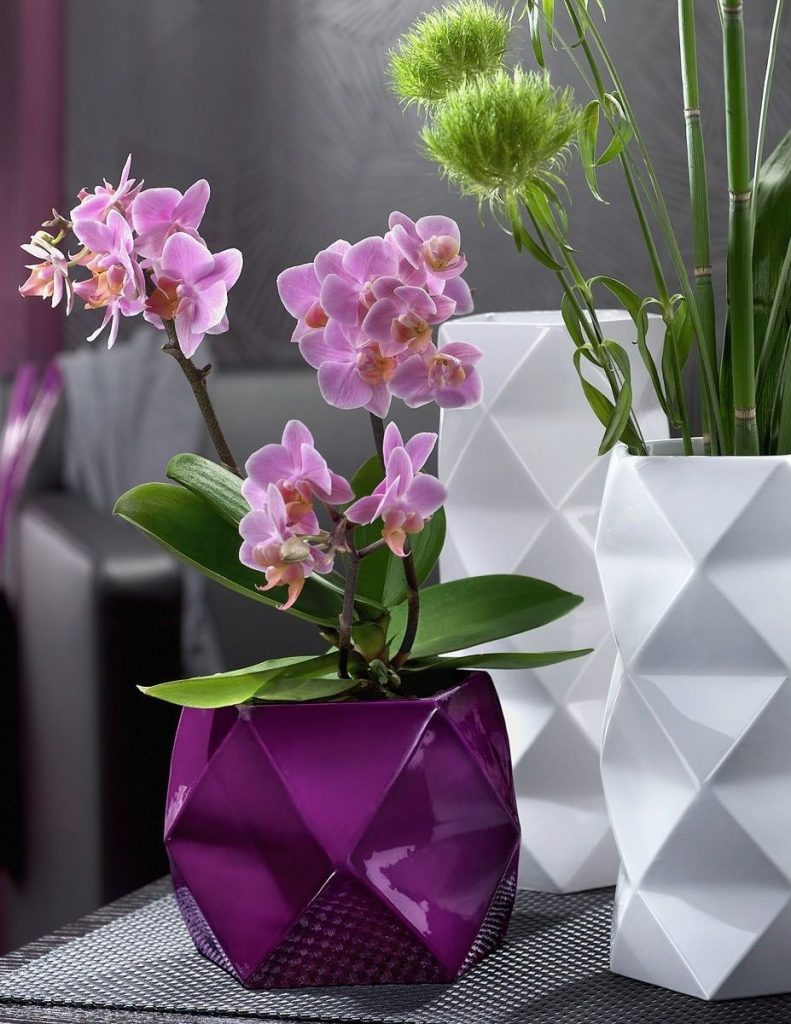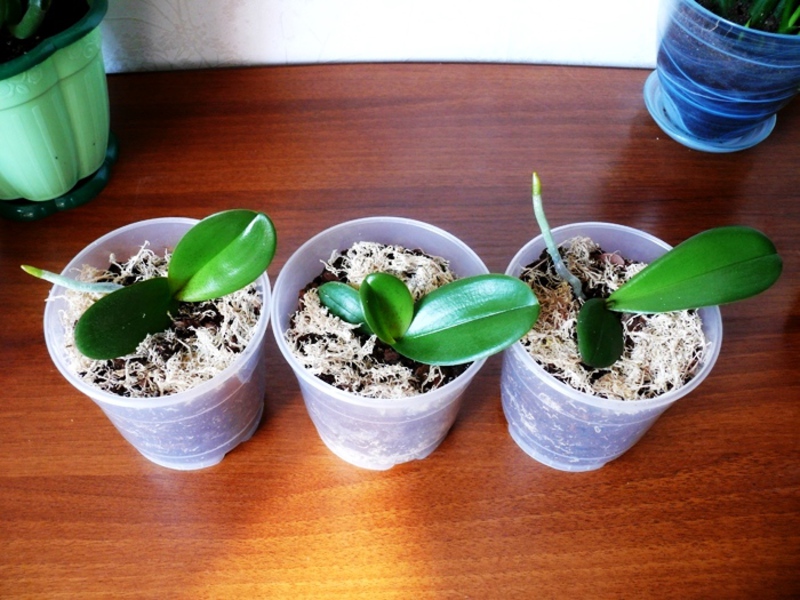When choosing a place for an orchid in a room, you need to observe the movement of sunlight coming from the window. When properly placed and cared for, this plant will become a real decoration of the home or office, giving new flowers and shoots almost continuously.

More light in spring
The best time to buy an orchid is spring. The plant was previously grown by professionals and is ready to delight its owners with a healthy look and an abundance of buds. It is best to put the plant in the southeast, east, west or southwest window.
Already from mid-March, in mid-latitudes, the sun warms well, and orchids begin a period of intensive growth of leaves, roots and peduncles. Metabolic processes in spring are accelerated, moisture is processed by plants faster and evaporates better from the soil, therefore, in addition to a sunlit place, they need active watering at least twice a week and feeding once every two weeks.
To improve flowering, you should not get carried away with nitrogenous fertilizers, since they increase the growth of leaf mass, and not peduncles. You can notice a lack of sunlight if the leaves of the plants become dull or the new leaves are smaller than the previous ones, the roots have acquired a gray tint, and a flower arrow does not form for more than six months.
In winter - warmth and moisture
In winter, living organisms are in a special cycle, many of them die or reduce their vital activity. Proper winter care helps houseplants to survive a difficult period without loss.
The orchid belongs to thermophilic flowers, therefore, in the cold season, it requires the creation of special conditions for keeping:
- There should be sources of heating in the room, but not near the plants to avoid drying out.
- It is necessary to ensure that the leaves do not die from contact with the icy glass of the window, and the orchid itself does not stand in a draft.
- A place in an apartment or office where the maximum amount of winter sunlight is ideal is ideal. Usually these are windows facing south.
- If the leaves fade and wrinkle, it is advisable to take care of additional illumination of the plant with special fluorescent lamps for 8-10 days at a distance of 30 cm.This will have a beneficial effect both on the future and on the current flowering, because under good conditions the flowering of orchids is possible round year.
- The frequency and volume of watering should be reduced, and feeding should be discarded. After watering with warm, settled water, you do not need to immediately put flowers on an ice windowsill, as this can lead to hypothermia and various diseases.
- Heat-loving orchids preserve well in winter with foam coasters and special pots.
- If your flowers need extra moisture, you can give them a warm shower in the evening and leave them in the bathroom overnight to absorb and dry excess moisture. To prevent the formation of rot, it is better to wipe the growth point of the orchid with a dry cloth.
Summer - shade creation
In the hot season, caring for orchids also has its own characteristics. It must be remembered that under natural conditions these plants live in warm, humid forests on trees no higher than two meters from the ground under the crowns of other rich vegetation, so they are used to diffused sunlight.
In summer, it is useful to keep flowers on windows facing east, since the sun is here until 12 o'clock. If the flower stands in the bright sun for a long time in the room, you will have to shade it with a light cloth or paper attached to the window, cover it with blinds or tulle, otherwise the plant may get burns and spots on the leaves, as well as overheating of the roots.
In a dry room in the summer, the plant not only needs to be watered abundantly at least once a week, but also the leaves should be regularly sprayed from the underside, it is also useful to cool the room to 18-25⁰ with air conditioning or at night by airing if the cold air does not touch the flower.
If possible, the plant can be rearranged for a while deeper into the room, but it should be remembered that it is not recommended to move the pot unless absolutely necessary, since a change in setting can stress the orchid and slow down the process of abundant flowering.
A blooming orchid must be handled with particular care so as not to damage the flowers.
It is good to water from a watering can with settled warm soft water, preferably rain or melted water, avoiding contact with plant growth points. You can saturate water with oxygen by pouring from one container to another. Do not re-pour the water collected in the pan into the flower.
Prolonged heat in the room significantly impairs the immunity of the plant, therefore diffused sunlight and sufficient moisture are the key to good orchid flowering.
In conclusion, one should recall one feature of plants from hot and humid countries. At home, orchids can be stimulated to bloom by giving them short-term stress. This can be a temporary relocation to a cool room, reducing the volume and frequency of watering. Usually, such actions stimulate the flower not to grow leaves, but to eject a peduncle. You don't need to abuse this.
Most of the orchids in our stores are hybrid, so caring for them is easy at any time of the year, and the result pleases both experienced and novice florists.


